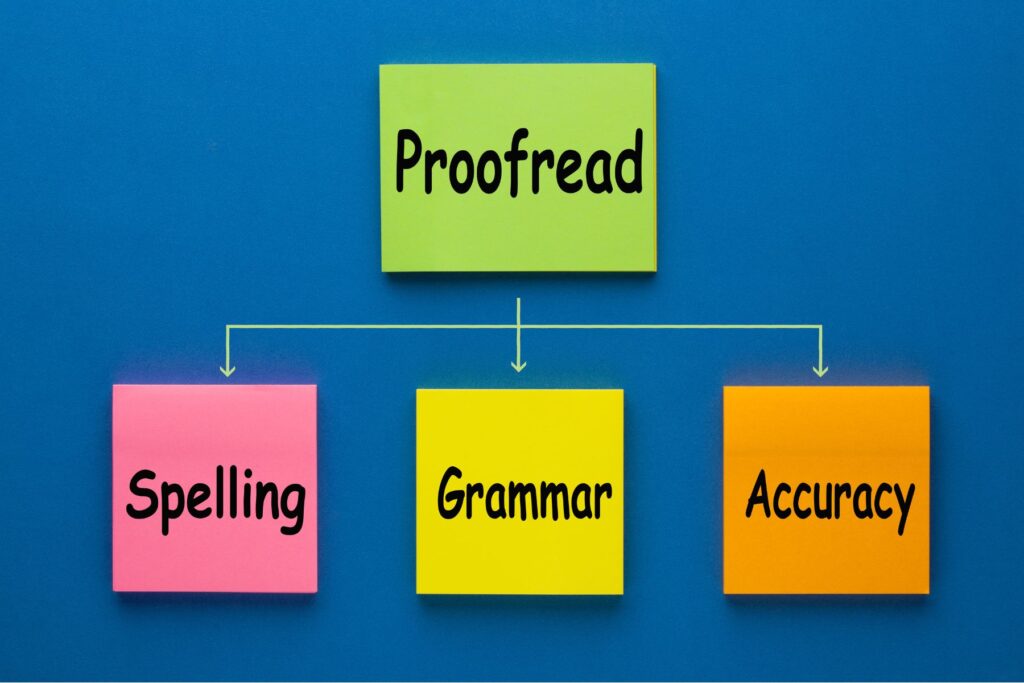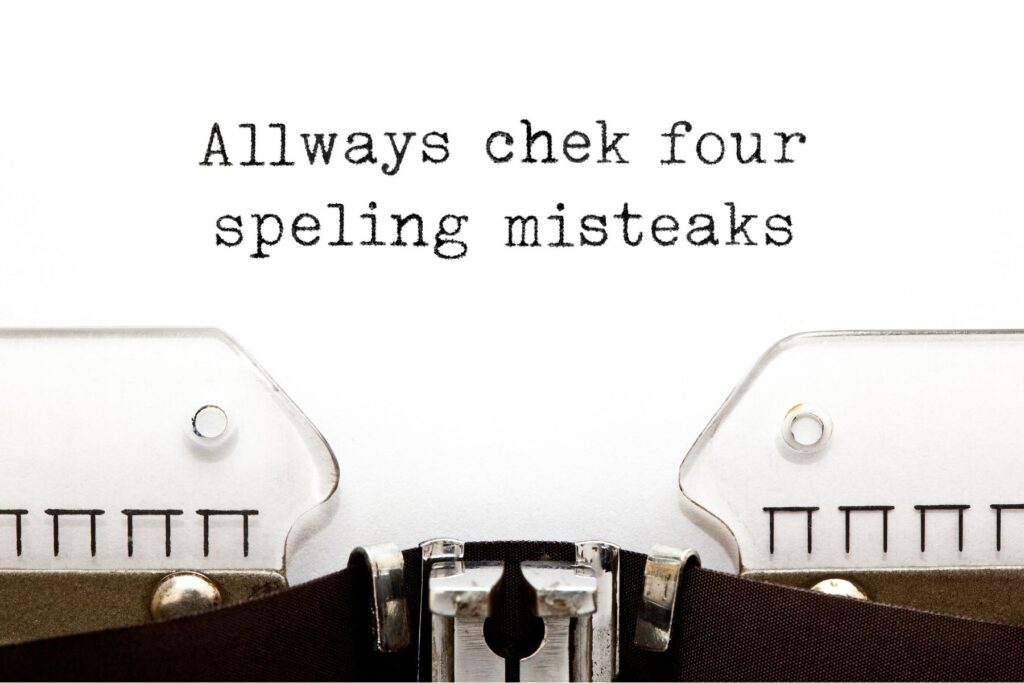Whether you call them British commas, serial commas, or Oxford commas, there seems to be no consensus.
Oxford comma use occurs before the conjunction “and” or “or” in listing three or more items. Also called the serial comma or British comma, it is not always used in English writing. Indeed, its usage remains debated among grammarians, writers, and editors. Some people use the Oxford comma consistently, while others avoid it altogether.
As a creative writer with an English degree, I prefer to use serial commas. They clarify matters that could otherwise confuse the reader. However, I also adhere to clients’ style guides when creating content professionally.
Ten Good Arguments for the Oxford Comma
Here are ten reasons to consider the serial comma.

1 – Clarity:
Using the British comma can eliminate ambiguity and clarify the meaning of a sentence.
Example: “We invited the strippers, JFK, and Stalin.” – This sentence without an Oxford comma could infer JFK and Stalin were the strippers.
2 – Consistency:
Using the Oxford comma consistently can make writing more consistent and predictable.
3- Emphasis:
The serial comma emphasizes the final item in a list.
Example: “We need to buy eggs, bread, and milk.” – The Oxford comma after “bread” emphasizes that “milk” is the last item on the list.
4 – Formality:
This punctuation is perfect for formal writing, such as academic papers and legal documents.
5 – Tradition:
As the name suggests, the British comma has a long history of use in English writing. Many traditionalists prefer it.
6 – Clarity in complex lists:
When a list includes phrases that contain commas, the serial comma can help clarify the meaning.
Example: “My favorite books are ‘The Catcher in the Rye,’ ‘To Kill a Mockingbird,’ and ‘One Hundred Years of Solitude’.” The Oxford comma clarifies that the three titles are separate items in a list.
7 – Helps avoid errors:
Using the Oxford comma helps avoid errors that arise when items in a list contain conjunctions.
Example: “I would love to thank my parents, Oprah Winfrey, and God.” – Without a serial comma, this sentence implies that Oprah Winfrey and God are the writer’s parents.
8 – Clarity in technical writing:
This punctuation can help clarify complex lists of terms or items in manuals, spec sheets, or technical writing.
9 – A matter of preference:
Many writers prefer the serial comma because it is more precise or aesthetically pleasing.
10 – Wide acceptance of Oxford commas:
The serial comma is widely accepted in many style guides; these include The Chicago Manual of Style and the Oxford Style Manual.

Ten Logical Arguments Against the Oxford Comma
On the other hand, here are ten reasons some people argue against using serial commas:
1 – Clutter:
Using the British comma can make a sentence look cluttered and busy.
2 – Redundancy:
The British comma can be redundant in lists where conjunctions already separate items.
Example: “I need to buy apples, oranges, and bananas.” – The Oxford comma after “oranges” is redundant because “and” already separates the items in the list.
3 – Inconsistency:
Users may insert the serial comma inconsistently, leading to confusion or errors.
4 – Ambiguity:
Not using punctuation can sometimes create ambiguity, but so can using it.
Example: “I would love to thank my parents, Oprah Winfrey and God.” – Without an Oxford comma, this sentence implies that Oprah Winfrey and God are a single entity.
5 – Informality:
Not using the Oxford comma is often associated with less formal writing, such as journalism or creative writing.
6 – Preference:
Some writers prefer not to use the Oxford comma because they find it unnecessary or because it does not fit their style.
7 – Economy of words:
Omitting the Oxford comma can save space and reduce word count in specific contexts.
Example: “tired of bad weather, long commutes and stress at work.” – Omitting the Oxford comma after “commutes” reduces word count and can make the sentence flow more smoothly.
8 – Clarity in short lists:
The serial comma can be unnecessary and detract from clarity when a list contains only two items.
Example: “I need to buy milk and bread.” – The Oxford comma after “milk” is unnecessary because there are only two items in the list.
9 – Personal preference:
Many writers prefer not to use the serial comma because they find it unnecessary or because it does not fit their style.
10 – Style guide preferences:
Some style guides, such as the Associated Press (AP) Stylebook, recommend against using the Oxford comma in specific contexts.
As shown in the examples above, the use or omission of the British comma can drastically change the meaning of a sentence. That’s why it is crucial to consider whether to use it. Ultimately, the decision to use or omit the Oxford comma should depend on the writer’s style, the context of the writing, and any applicable style guides or client preferences.

Summing It Up: Oxford Commas Are a Preference, But Writers Should Follow Client Style Guides
Professional writers should always defer to their client’s style guide on serial commas, as clients may have different preferences. (However, many writers still prefer using the serial comma for its clarity and consistency in lists. Regardless of personal preference, it is crucial to ensure that punctuation stays consistent throughout the writing and does not confuse the reader.
In conclusion, whether or not to use the Oxford comma boils down to preference, style guide recommendations, and context. It is always better to err on clarity and consistency when in doubt. If you need help with your writing needs, consider Word Innovations, a professional writing service that can provide expert advice and guidance on style and usage.
